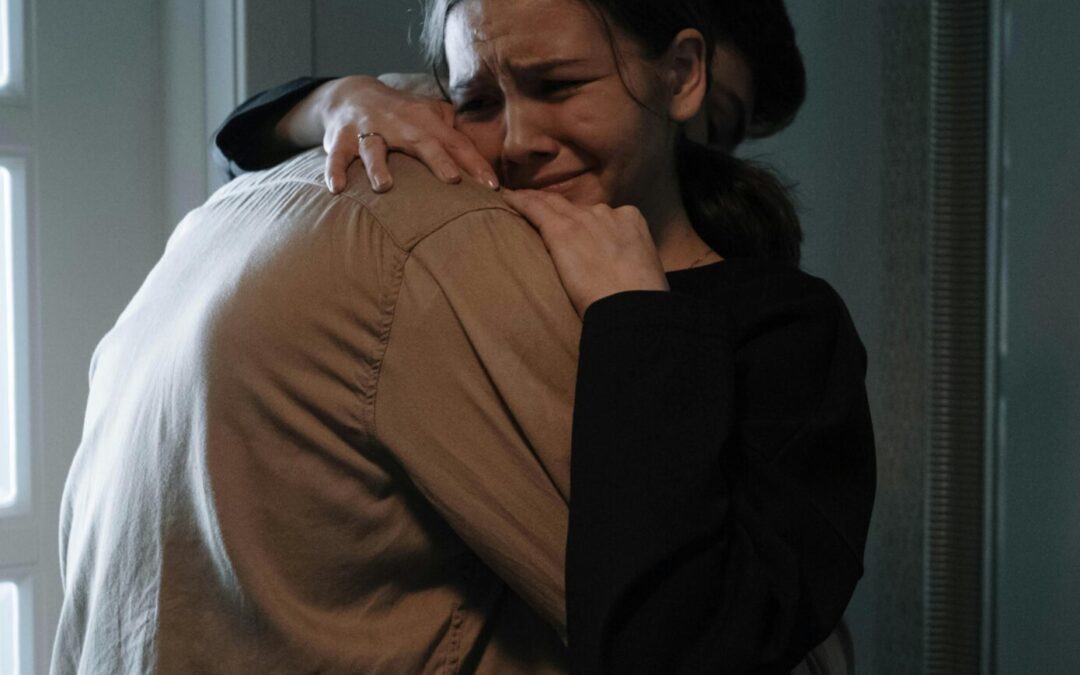our blogs
Current Post

What is OCD and How Do We Treat It?
Makayla Arcuragi, LPC
Counselor, Insight Clinical Counseling and Wellness, LLC
When we hear that someone has an obsessive-compulsive disorder (OCD) diagnosis, we often think this means they are very clean and like to wash their hands! Although these symptoms can be true for some individuals experiencing OCD, this is also a very limited perspective. First, let’s break this down by getting into the obsessions, then the compulsions, how they work together and lastly, what OCD treatment looks like.
What are obsessions? Obsessions are unwanted thoughts and/or images that cause an individual significant distress. Let’s say an obsessive thought acts as “the alarm.” Typically, the person experiencing this has a difficult time controlling or stopping the alarm (an obsessive thought) on their own. The individual may recognize these thoughts as rational or irrational. Although these thoughts are often different for each individual, typical obsessions seen in OCD are fears of contamination (which is why most people think OCD is about cleaning), worries about causing harm to oneself or others, intrusive images (violent or non-violent), concern with doing “just the right thing,” and the need for order, symmetry, or perfection.
Compulsions or “rituals,” as you may sometimes hear them referred to, are the behaviors one engages in to reduce obsessive thoughts. If the obsessive thought is the alarm, the compulsion silences the alarm. However, it is important to remember the alarm can only be silenced for so long before it goes off again! You can imagine this as your home smoke detector going off many times throughout the day and only turning off once you open all the windows and doors. Sounds pretty frustrating, right?
When the obsessions and compulsions are paired together, this is what makes up OCD. Anxiety is the alarm that just keeps ringing, and the compulsion is what we do to silence this alarm. However, if this were to happen with your smoke detector at home, you would eventually invest in a new smoke detector. Afterall, the one you have keeps warning you of fires that do not exist. However, in the smoke detector analogy, you can clearly see there is no fire. For individuals with OCD, they have no proof that the fire does or does not exist. They may believe a fire is unlikely but, if we are talking about a fire, would you risk it? I’m not so sure I would. This is why people with OCD continue engaging in compulsions even when they have insight that the “alarm” may be a false one. Obsessions typically focus on the idea that something could happen, not that it is happening. This is why it is so difficult to prevent the compulsion.
This leads to the question, how do counselors help those living with OCD? We can utilize a form of therapy referred to as Exposure Response Prevention (ERP). This aims to expose the client to their fear without engaging in compulsions or rituals! We know compulsive behaviors reduce anxiety, but only for a short period of time. However, if we expose the client to their fear without doing anything to make it go away, the anxiety will naturally decrease on its own. This is because our body is not capable of staying in a high level of stress forever. We experience this when we ride rollercoasters, walk through haunted houses, watch scary movies, give a presentation, etc. We feel the intense emotion for some time before it naturally goes away on its own. During these exposures, the therapist does not aim to reduce the client’s fear or reassure them. They just allow the client to experience the distress until the intensity of the anxiety goes away on its own. This teaches the client they do not have to engage in compulsions and rituals to ease their anxiety. We also know the more a client exposes themself to their fears, the rate of anxiety lowers the next time they are exposed.
We may also expose the client to how big of a fraud OCD can be! For example, if OCD tells them something bad will happen if they do not engage in a compulsion, we put that theory to the test. Oftentimes, the client will see their compulsions did not actually play a role in whether or not their core fear comes true. This also makes them less likely to desire doing the compulsions in the future. ERP is about experiencing our fears without engaging in behaviors that aim to reduce anxiety. We work to reduce the overall fear, live with the uncertainty, and get back to life without OCD dictating what we can and cannot do.
Experiencing OCD can be extremely difficult. When we think about it as someone who just likes to clean, this minimizes the suffering that individuals who deal with OCD face. Not to mention, some individuals with OCD do not have any contamination-based obsessions or rituals. This can leave many people with OCD feeling invalidated and alone. The more that we understand what OCD is and what it is not, the more we can reduce harmful narratives surrounding the diagnosis, help people get properly diagnosed, and actually help them manage and move forward.
For more resources about OCD, ERP, and how to support someone living with this, see the information below:
What OCD Is and Why ERP Works: https://iocdf.org/about-ocd/treatment/erp/
How Family Members Can Support a Loved One Struggling With OCD: https://www.treatmyocd.com/blog/erp-as-a-family-lifestyle
Latest Posts

Coercive Control: The Hidden Domestic Violence
When most people hear about intimate partner violence (IPV), thoughts of physical abuse usually come to mind. However, another insidious form of abuse, coercive control, is often overlooked since the scars are not always visible. Some coercive controllers are physically violent, while others are not.

You Don’t Have to be a Monk to ‘Meditate’
So many of my clients have shared with me that meditation (mindfulness) coping skills ‘Don’t work for me!’ or ‘They make my anxiety worse!’ or ‘I could never sit and think about nothing!’ Maybe you can relate? For most of us, when we think of meditating, we think of a monk sitting cross legged on the floor experiencing a state of quiet and focus. Honestly, that’s what comes to my mind too.

Secondary Infertility
Two years after our first child, my husband and I felt we were ready to add another to our family. Little did we know the second time around would be a very different experience. Long before trying for our second child, I recall having read an article about secondary infertility. It stuck with me, even though it wasn’t my reality yet. Secondary infertility is the inability to conceive or carry a baby to term after previously giving birth.
Our Locations
Request Appointment
Contact

Copyright © 2025 Insight Clinical Counseling & Wellness, LLC. All Rights Reserved.

Our Locations
follow us
Instagram
Facebook
LinkedIn
